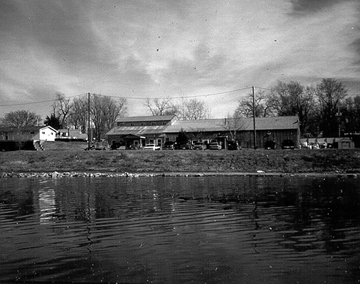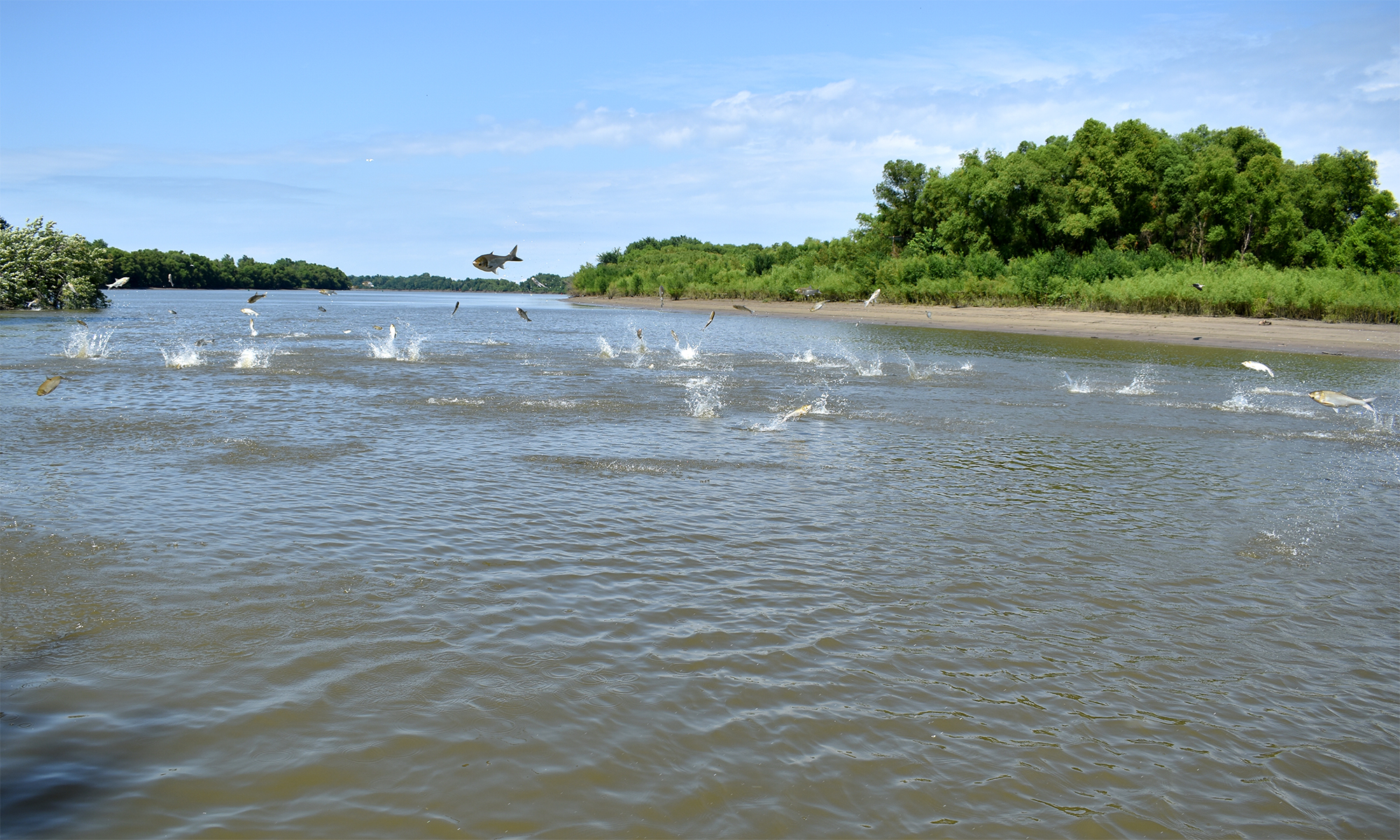Stephen A. Forbes, the father of state science in Illinois, chose the Havana, Illinois area of the Illinois River to begin biological investigations in 1876 because it offered good access to a relatively unpolluted stretch of the river and associated lakes. He had hopes that his studies would eventually encompass the entire Mississippi River Valley. His formal objectives for the Havana laboratory, which soon followed in 1894, were quite ambitious:
“to provide additional facilities and resources for the natural history survey of the state, now being carried on, under legislative authorization, by the State Laboratory of Natural History; to contribute largely to a thoroughgoing scientific knowledge of the whole system of life existing in the waters of this state, with a view to economic as well as educational applications, and especially with reference to the improvement of fish culture and to the prevention of progressive pollution of our streams and lakes; to occupy a rich and promising field of original biological investigation hitherto largely overlooked or neglected, not only in America, but throughout the world; and increase the resources of the zoological and botanical departments of the University by providing means and facilities for special lines of both graduate and undergraduate work and study for those taking major courses in these departments.” (Forbes : “Biennial Report,” p. 311)
What made this station different than most in the nation was that its primary objective was scientific research, and not exclusively education. The work conducted here would ultimately contribute to the larger study of the effects on plants and animals resulting from periodic flooding of the Illinois and Mississippi Rivers (State Science in Illinois: The Scientific Surveys, 1850–1978, Robert G. Hayes).
Timeline
1876 — Stephen A. Forbes initiated studies on the Illinois River. 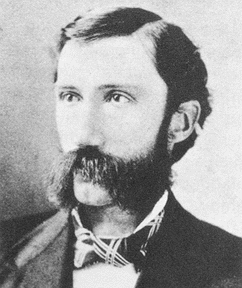
1877 — Stephen A. Forbes was named head of the Illinois Laboratory of Natural History.
1894 — The University of Illinois established a biological station near Havana, IL. Stephen A. Forbes was named its head.
1895 — Charles A. Kofoid was named director of the University of Illinois Biological Experiment Station in Havana. From this station, Kofoid conducted great deal of investigation of plankton in the river and backwater lakes. 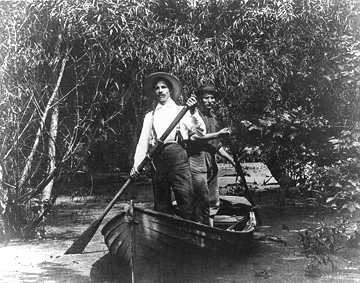
1896 — A 60-foot houseboat was constructed to provide a floating research facility. This houseboat was towed by a 25-foot steamer, the Illini.
1903 — Robert E. Richardson became director of the Havana field station. Richarson and Stephen A. Forbes collaborated to produce The Fishes of Illinois in 1908.
1923 — David H. Thompson, assisted mainly by graduate students, conducted research on the Illinois River.
1935 — The Anax, a 45-foot cabin boat, was acquired by the Illinois Natural History Survey and was used as a floating laboratory until the mid-1940s. 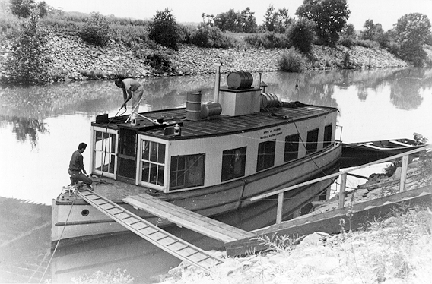
1940 — The first permanent structure was constructed near the site where Stephen A. Forbes first established the biological station in 1894. This structure was later named Stephen A. Forbes Biological Station.
1949 — William C. Starrett becomes director of the later named Stephen A. Forbes Biological Station. 
1959 — William C. Starrett initiated many studies of great interest to river researchers, including the Long Term Electrofishing Survey (LTEF), which still continues today.
1972 — Richard E. Sparks began to lead the River Research Laboratory. Following William C. Starrett, Richard E. Sparks was the next to emphasize research efforts in aquatics. Due to his efforts, “The Flood Pulse Concept in River-Floodplain Systems” was widely publicized and has provided a new paradigm by which river ecology and hydrology is viewed.
1987 — Two additional study vessels were acquired in part by the Illinois Natural History Survey—the William C. Starrett and the Robert E. Richardson, both named after previous INHS scientists. These boats were used as research vessels to a capacity similar to that of the Anax. 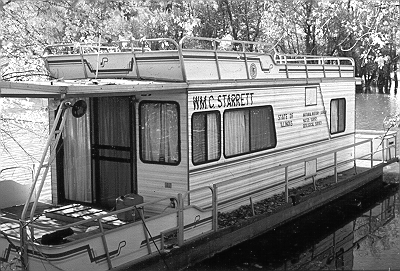
1989 — Aquatics research staff moved from the Forbes Biological Station and a second INHS field station was established in Havana adjacent to Cooks Harbor on the Illinois River to accommodate the growing Long Term Resource Monitoring program and other aquatic research. This new station was named INHS Illinois River Biological Station. 